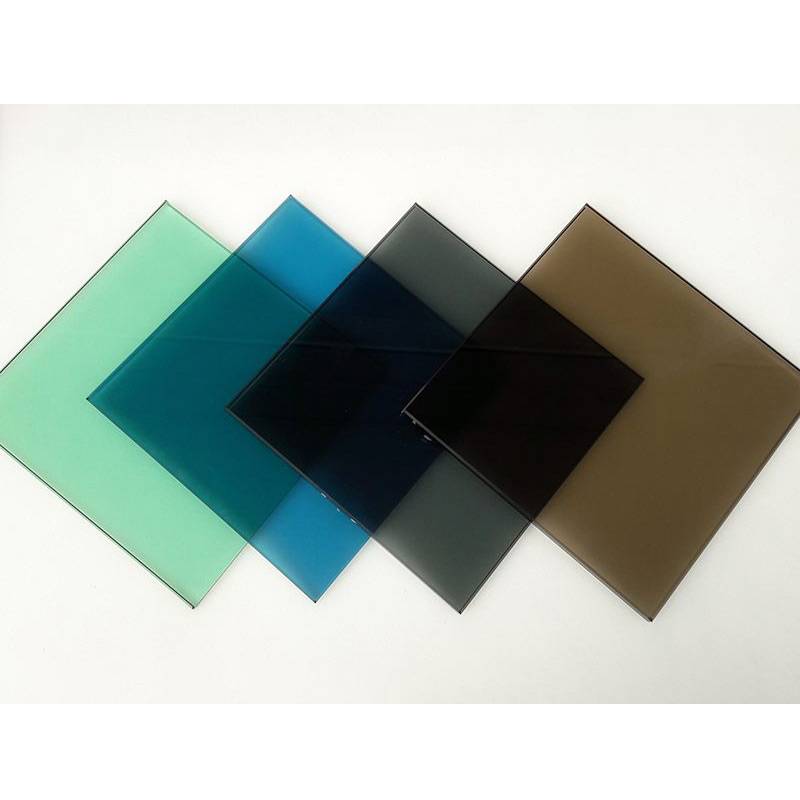

The Evolution and Applications of Transparent Float Glass
Transparent float glass, often simply referred to as float glass, is a fundamental material in modern architecture, design, and technology. Its significance extends far beyond being a mere building material; it encapsulates a history of innovation, offers numerous benefits, and is indispensable in various sectors ranging from residential construction to automotive and solar energy applications.
Understanding Float Glass
Developed in the mid-20th century, float glass manufacturing involves a unique process where molten glass is floated on top of molten tin. This method allows for the production of smooth, flat glass sheets with uniform thickness and exceptional clarity. The name float comes from this floating process, which eliminates surface imperfections and results in a high-quality product.
One of the most remarkable aspects of float glass is its optical clarity, which allows for excellent light transmission while minimizing distortion. This property makes float glass the preferred choice for a wide range of applications where visibility and aesthetics are paramount.
Applications in Architecture and Design
In architecture, float glass has revolutionized the way buildings are designed and constructed. Its strength and versatility have garnered it a pivotal role in creating expansive windows, glass facades, and skylights that define contemporary architectural landscapes. Not only does float glass enhance the visual appeal of structures, but it also allows for increased natural light, which significantly contributes to energy efficiency by reducing reliance on artificial lighting.
Moreover, float glass is often treated with special coatings to enhance its properties further. Low-emissivity (Low-E) coatings, for example, reflect infrared light while allowing visible light to pass through, thus improving thermal insulation without compromising aesthetics. This innovation is crucial in the quest for sustainable building practices and reducing energy consumption in climate-controlled environments.
Impact on the Automotive Industry
The automotive sector has also greatly benefited from the advancements in float glass technology. Modern vehicles increasingly incorporate large glass surfaces, such as panoramic sunroofs and rear windows, which are made from high-quality float glass for improved visibility and safety. This glass is often laminated or tempered, ensuring that it can withstand the stresses of dynamic driving conditions while providing necessary protection to passengers.

Additionally, the use of float glass in automotive design contributes to the overall weight reduction of vehicles. Lightweight glass improves fuel efficiency and performance, making it an integral part of the industry’s shift toward more sustainable practices.
Role in Renewable Energy
The adoption of float glass is also essential in the renewable energy sector, particularly in solar energy technology. Solar panels utilize specially coated float glass that maximizes solar energy absorption while minimizing reflection. This innovation is crucial for improving the efficiency of solar systems, making renewable energy more accessible and effective.
Furthermore, the durability of float glass ensures that solar panels can endure various weather conditions, thus extending their lifespan and fostering wider adoption of solar technology across the globe.
Environmental Considerations and Recycling
In recent years, the environmental impacts of float glass production and disposal have garnered significant attention. The industry has responded by focusing on sustainability practices, including the use of recycled glass in manufacturing. By repurposing scrap glass, manufacturers can reduce energy consumption and lower greenhouse gas emissions associated with virgin glass production.
Additionally, float glass is fully recyclable, which means that at the end of its lifecycle, it can be processed and transformed into new glass products. This circular approach not only conserves resources but also minimizes waste, contributing to a more sustainable future.
Conclusion
Transparent float glass has become an invaluable asset across multiple industries, redefining aesthetics, functionality, and sustainability. Its incredible versatility, coupled with ongoing innovations, ensures that float glass will continue to play a vital role in our built environment. From enhancing architectural beauty to supporting renewable energy initiatives, the evolution of float glass exemplifies the profound impact that a single material can have on modern society. As we look to the future, the continued development and application of float glass will undoubtedly bring forth new possibilities in design, technology, and sustainability.